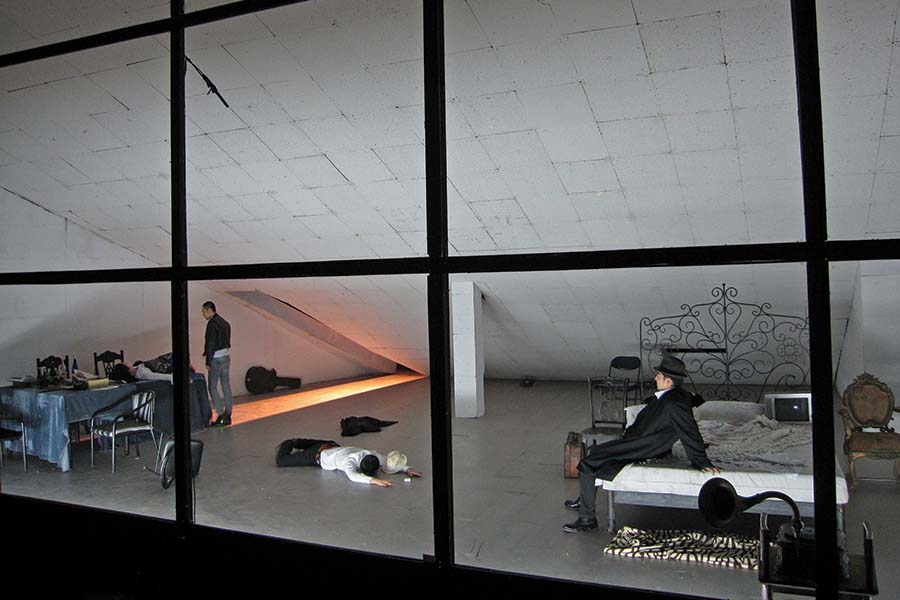Journey to the East: A Survey of Chinese Theatre
If you can gauge a nation’s health by its theatre, China looks vital, youthful—and ambivalent.

The history of performance in China is inextricably linked to “opera,” while what we think of as “spoken drama” is only about a century old on Chinese stages—comparatively young for a culture with ancient roots. So what is the current state of expression on stages in Beijing, Shanghai, Taipei, and Hong Kong? Who are theatre’s tastemakers, and what traditions are they continuing or challenging? And what is theatre’s impact and relevance to people in the world’s largest economy? Leading voices from and about China’s theatrical scene provide answers in this special international issue, American Theatre’s first to focus exclusively on East Asia.
Theatre scholar Claire Conceison and playwright David Henry Hwang served as consultants for this issue.
If you can gauge a nation’s health by its theatre, China looks vital, youthful—and ambivalent.
Most stage works don’t attract mass audiences or enjoy long runs—but there can be strength in the shadows.
Japan and Korea have embraced and nurtured Western-style musicals. Can China be far behind?
The legendary Taiwanese writer/director looks back on his long career, and discusses how American theatre compares to Chinese theatre.
Theatre in China since the early 20th century has blended Chinese, Japanese, and Western traditions.
Theatre companies small and large seek new inspirations down disparate paths—and some audiences are following.
China’s vibrant seaport city has a surfeit of theatres; good thing there’s a new generation eager to fill them.